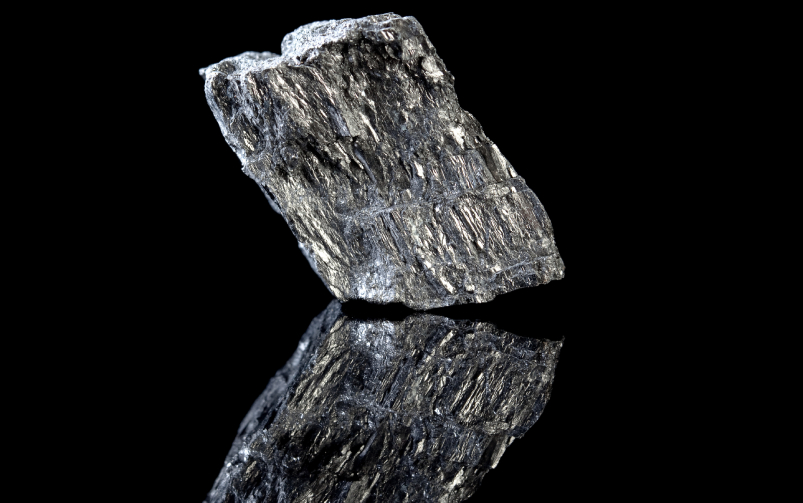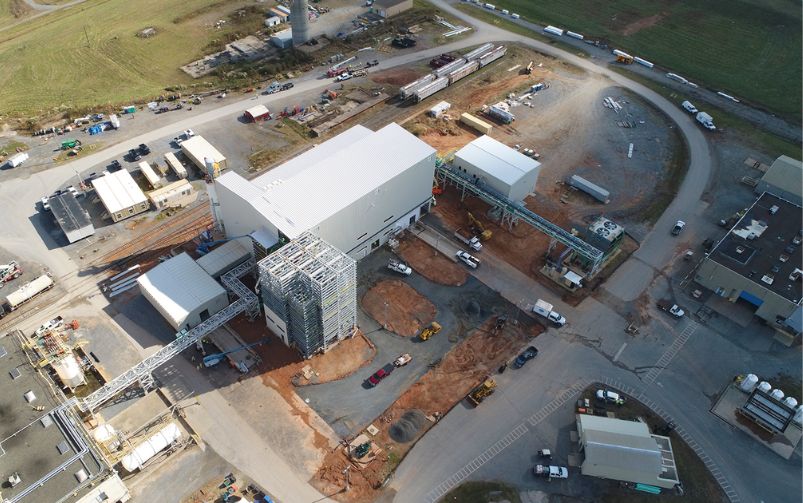First Quantum Minerals stated it has initiated international arbitration over Panama’s Supreme Court ruling that its contract with the country is unconstitutional. Courtesy of First Quantum Minerals.
Welcome back to your weekly mining news recap, where we catch you up on some of the news you may have missed. This week’s headlines include Stantec being appointed to design B.C.’s billion-dollar lithium-ion battery plant, Rio Tinto investing in copper assets and Geomega securing more than $2 million for a rare earths recycling demonstration plant.
First Quantum Minerals’ Cobre Panama mine is facing orders to close after the country’s Supreme Court ruled that the miner’s 20-year contract with the government is unconstitutional, as reported by The Globe and Mail. Indigenous and environmental groups have been protesting in the country for weeks since the contract was signed into law. The ongoing protests, along with a port blockade, forced the miner to suspend production last week. Cobre Panama generated US$930 million in revenue in the first three quarters of 2023, but First Quantum stocks have taken a hit in the past six weeks due to uncertainty over its contract. The company stated that it has suspended production guidance for Cobre Panama for the current year, and that it has also initiated international arbitration.
Foran Mining Corporation announced it is raising $200 million for its mineral projects in Saskatchewan, as reported by The Globe and Mail. The junior copper-zinc-gold-silver mining company, which is described by The Globe and Mail as an “enterprise worth $1 billion” is selling shares to fund the development of its 100 per cent owned flagship project, McIIvenna Bay. According to its 2022 feasibility study, McIIvenna Bay will produce an average of 65 million pounds of copper-equivalent each year over an 18-year mine life. Foran’s stocks have risen by 2,500 per cent over the past three years at a time when raising capital is difficult even for established mining companies.
The Saskatchewan government has announced $80 million in funding to the Saskatchewan Research Council (SRC) for microreactor research. A transportable microreactor will be built by Westinghouse Electric Company with a capacity to produce five megawatts of carbon-free electricity and over 13 megawatts of high temperature heat. The surrounding infrastructure required for the microreactor is described as smaller than a hockey rink, and can be completely removed from site after operating continuously for eight years or more. It is expected to be fully operational in 2029. The investment aims to lay the foundation for the SRC to support more microreactor projects in the province.
Stantec has been chosen to design what will be the largest lithium-ion battery plant in Canada, as reported by Canadian Mining Journal. The $1 billion E-One Moli Energy facility in Maple Ridge, British Columbia, will be designed to target Leadership in Energy and Environmental Design (LEED) Gold and Net-Zero Carbon certification. The plant is projected to generate 135 million lithium-ion battery cells annually and will create 350 new jobs. Construction is expected to begin in June 2024, and the plant is anticipated to be fully operational in 2028.
Geomega Resources has secured $2.04 million in funding from Next Generation Manufacturing Canada (NGen), which it will use to build a recycling demonstration plant in St-Hubert, Quebec. The money is from NGen’s Advanced Manufacturing Projects program, and part of a total package of $2.96 million for Geomega’s recycling technology. The rare earth oxides produced from magnet scraps in the demonstration plant will be turned into rare earth metals by its partner, an unnamed Quebec-based R&D company.
Rio Tinto has sold its stake in a diamond junior and increased its interest in copper assets, as reported by Canadian Mining Journal. Rio Tinto has sold its 75 per cent interest in the Fort à la Corne diamond project in Saskatchewan, and increased its stake in Western Copper and Gold, which owns the Casino project, a copper, gold, molybdenum and silver deposit in Yukon. Rio Tinto now holds about 9.7 per cent of Western Copper and Gold’s outstanding common shares. Western stated the money will be used to “fund specific areas of study” for the Casino project to further infrastructure development and streamline the regulatory process.
Greenpeace activists were ordered by a Dutch court to leave a deep-sea mining ship in the South Pacific that the group has been occupying since last week, as reported by The Globe and Mail. The ship is owned by Nauru Ocean Resources, a subsidiary of Canada-based The Metals Company, and is used for exploratory research in the Pacific Ocean’s Clarion-Clipperton Zone, which is rich in polymetallic nodules. Greenpeace will be fined US$54,560 every day the activists remain on the vessel, but are allowed to continue their protest around it. Keep an eye out for CIM Magazine’s December/January issue, which goes deeper into the drama and intrigue of today’s deep sea mining landscape.
ASI Mining has been testing its autonomous haulage systems (AHS) technology, which can transform any conventional haul truck to an autonomous one, at the Roy Hill iron ore mine in Australia, wrote Mehanaz Yakub in the September/October issue of CIM Magazine. The solution’s OEM-agnostic approach means the autonomous solution is completely interoperable and scalable regardless of vehicle make or model. The Roy Hill mine’s full fleet of 96 trucks is scheduled to be converted to autonomous haulage by 2024, which will make it the world’s largest single autonomous mine.
Freda Campbell, community relations director at Skeena Resources Ltd., has climbed the ranks of the mining industry while supporting Indigenous communities through her work, Alice Martin wrote in the November issue of CIM Magazine. As a member of the Tahltan Nation, Campbell shared her passion for empowering the Indigenous workforce in the mining industry and how companies can strengthen relations with Indigenous communities.
That’s all for this week. If you’ve got feedback, you can always reach us at editor@cim.org. Have something interesting to add? Join the conversation on our Facebook, Twitter, LinkedIn or Instagram.




